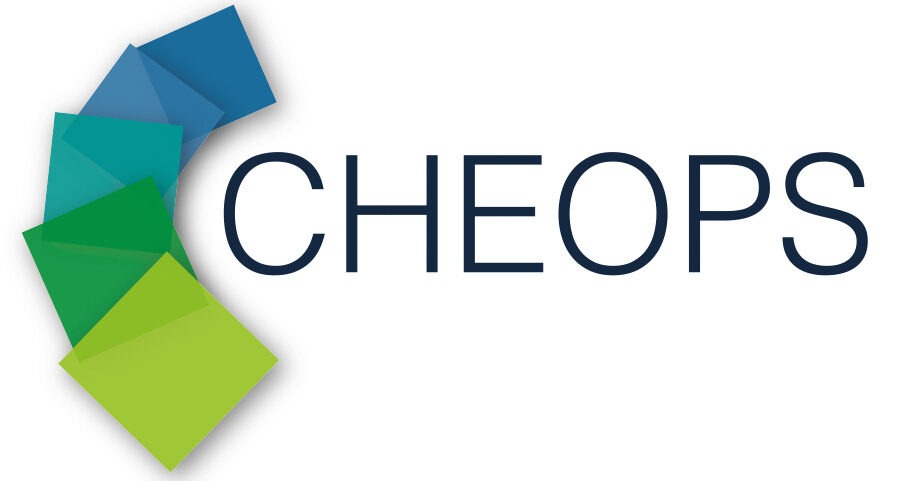CHEOPS behind new initiative to increase transparency of perovskite research, through the introduction of a Unified Standard for Performance Measurement and Stability Testing of perovskite-based photovoltaic devices.

Perovskite PV is the rising star among the third-generation solar cells. Since its discovery in 2012, research groups working with this remarkable semiconductor, have engineered advancements at a pace which supersedes any other solar power technology to date. In the past few years, scientific results in perovskite research have continued to show a rapid increase in efficiency performance and a steady decrease in both costs of material and costs of manufacturing the devices.
The success seems inevitable, yet it is currently hamstrung by the absence of general standards by which researchers can compare the two key indicators for performance. Due to lack of community-wide standards adopted by all researchers working in this field, results coming from various groups with different practices are hard to compare. “This is not only a problem for researchers, but also a barrier to identify substantial progress and access financial investment” says Dr. Arnaud Walter from CSEM in Neuchatel, Switzerland. He is one of the researchers partnering in CHEOPS – the EU-funded spearhead project dedicated to develop low-cost and highly-efficient perovskites – who has encountered the downside to the absence of standardised measurement first hand. But instead of waiting for others to solve the problem, he is now taking action to streamline practices within the scientific community.
Unifying measurements means changing the habitual practices of local research groups. Within CHEOPS, that process seemed to be a lengthy yet worthwhile endeavour. “All researchers in the project have their preferred way of doing things and reasons for that. In order to change these, you need to bring strong arguments to the table and endure lengthy discussion. However, in the end I am convinced that we ended up with both scientifically robust and applicable recommendations because all partners got involved” says CHEOPS project coordinator Dr. Sylvain Nicolay.
The recommendations for measurement and testing of perovskite-based PV devices are gathered in the CHEOPS protocol. It covers irradiation, cell performance measurement, stability testing for encapsulated cells, sample requirements, measurement conditions and data which partners need to communicate. For example the CHEOPS protocol specifies that stability testing for encapsulated cell samples needs to include testing at 85°C in the dark in inert atmosphere or air, exposure to thermal cycling between -40°C and 85°C for 200 cycles, to endure light soaking at 60°C for 1000 h at the maximum power point (MPP) if a suitable setup is available, a damp-heat test at 85% relative humidity and 85°C for 1000 h and lastly reverse bias cells during IV scans up to -2V.
A Europe-wide standard
With the introduction of mutually shared approaches to measurement within CHEOPS, a major barrier to advancing the technology had been overcome. However, the efforts to unify approaches do not stop there. At the European Perovskite PV Days 2018 in June 2018, the leading researchers of all major EU-funded perovskite PV projects were invited by CHEOPS to exchange knowledge and discuss mutual challenges during two days of intense discussions. Half a day was dedicated to discussions on stability and characterisation of perovskite devices. At the meeting, CHEOPS partners introduced the protocol to the European perovskite community which was finally adopted by all event participants.
